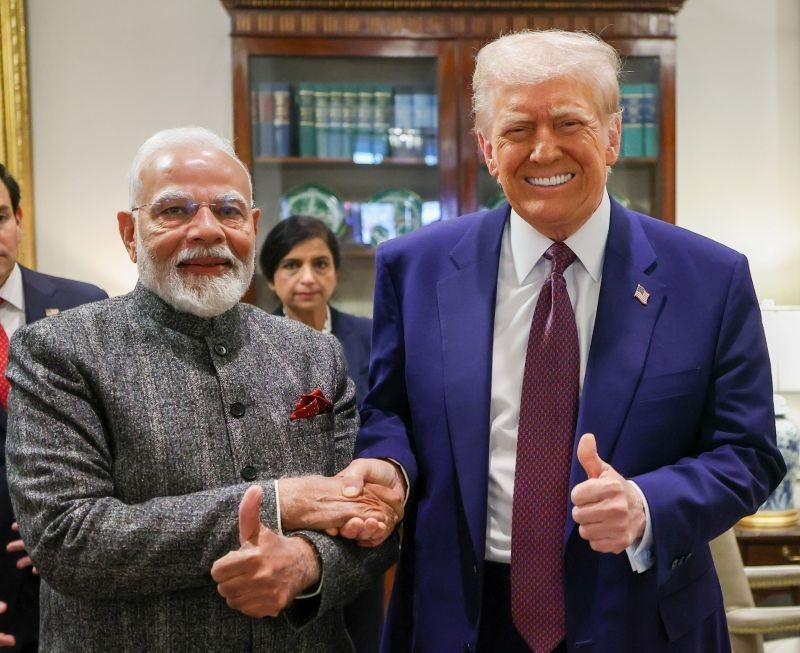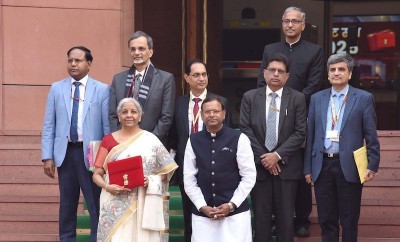
India, US finalise first-phase trade pact terms amid tariff tensions and ‘Mission 500’ push
New Delhi: India and the United States have concluded the terms of reference for the initial stage of a bilateral trade agreement, according to a report by Reuters citing an Indian trade official.
The two sides had earlier agreed, in February, to collaborate on this first phase of the agreement, with a goal of concluding it by the end of the year.
The broader ambition is to expand bilateral trade to $500 billion by 2030.
The development comes against the backdrop of recent trade tensions, including the United States imposing 26 percent reciprocal tariffs on Indian exports earlier this month.
However, US President Donald Trump has since announced a 90-day freeze on further tariff hikes for key trading partners, including India.
In a measured response, India has recently undertaken sweeping changes to its tariff framework, slashing import duties on approximately 8,500 industrial products.
These include high-profile American exports such as bourbon whiskey and Harley-Davidson motorcycles.
Phase one deal signals intent to reach $500 billion trade target
The bilateral trade pact is part of “Mission 500” — a high-level initiative aimed at more than doubling the current trade volume and strengthening India’s position in global supply chains.
This also aligns with US efforts to reduce reliance on Chinese manufacturing.
The deal is expected to encompass sectors such as energy, critical minerals, technology, and manufacturing.
Under its Production-Linked Incentive (PLI) schemes, India is reportedly open to offering zero-duty imports for selected US goods.
Trump’s reciprocal tariff push adds urgency to India–US trade reset
On April 2, referred to as “Liberation Day,” President Trump announced sweeping reciprocal tariffs, signalling a strong turn toward US trade protectionism.
He signed an executive order instituting a base 10 percent tariff on all imports starting April 5, citing chronic trade imbalances and the need to safeguard domestic manufacturing.
While the 10 percent tariff applies universally, steeper rates were directed at countries running substantial trade surpluses with the US — with China bearing the brunt.
US–China trade war escalates while India reduces import duties
This escalation deepened the ongoing trade war between Washington and Beijing. US tariffs on Chinese imports were first raised to 54 percent and later surged to 145 percent.
In retaliation, China imposed 125 percent tariffs on US goods and announced new restrictions on key rare earth exports.
India, meanwhile, has taken a more conciliatory route by lowering duties across thousands of items and signalling a willingness to expand trade cooperation with the United States.
Support Our Journalism
We cannot do without you.. your contribution supports unbiased journalism
IBNS is not driven by any ism- not wokeism, not racism, not skewed secularism, not hyper right-wing or left liberal ideals, nor by any hardline religious beliefs or hyper nationalism. We want to serve you good old objective news, as they are. We do not judge or preach. We let people decide for themselves. We only try to present factual and well-sourced news.







